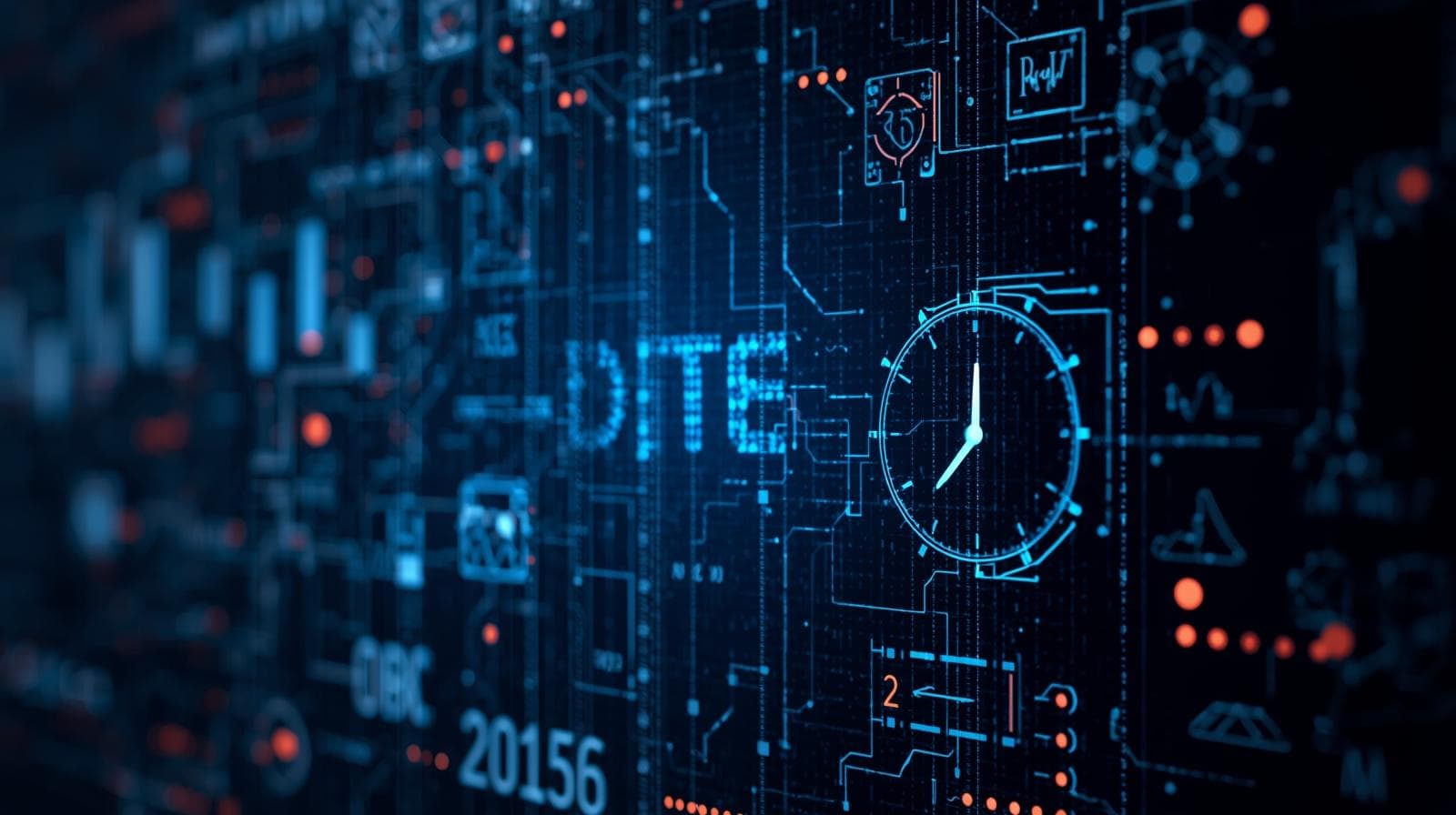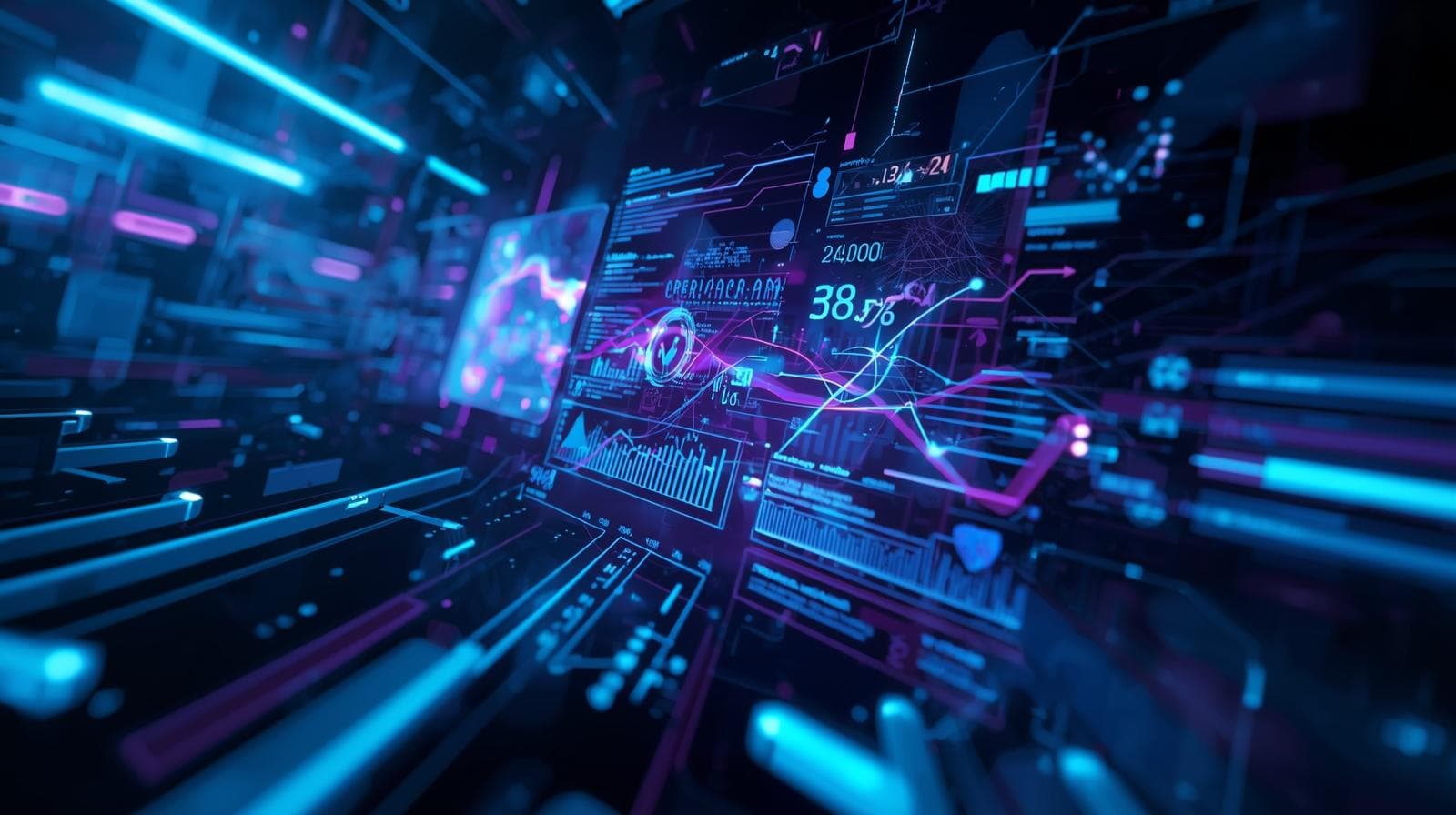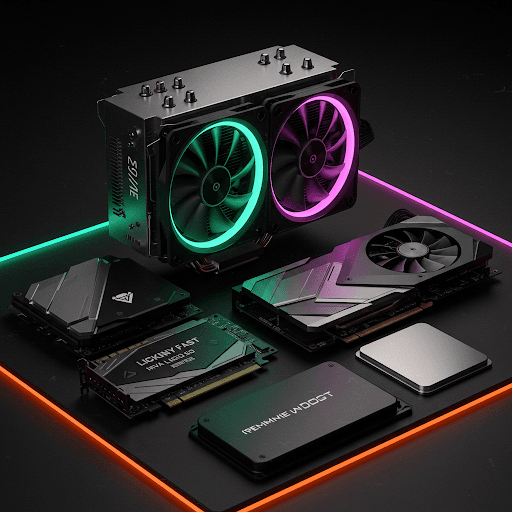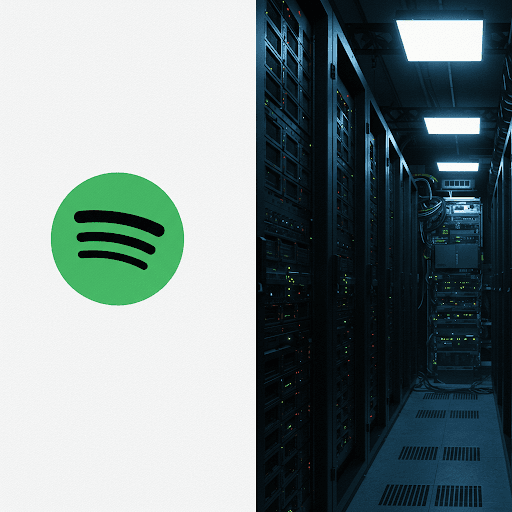AI in Daily Life: How Artificial Intelligence Powers Your Everyday World

Discover the surprising ways AI is woven into your daily routine. From smart assistants to Netflix recommendations, this in-depth guide explores real-world use cases, benefits, and the future of AI.
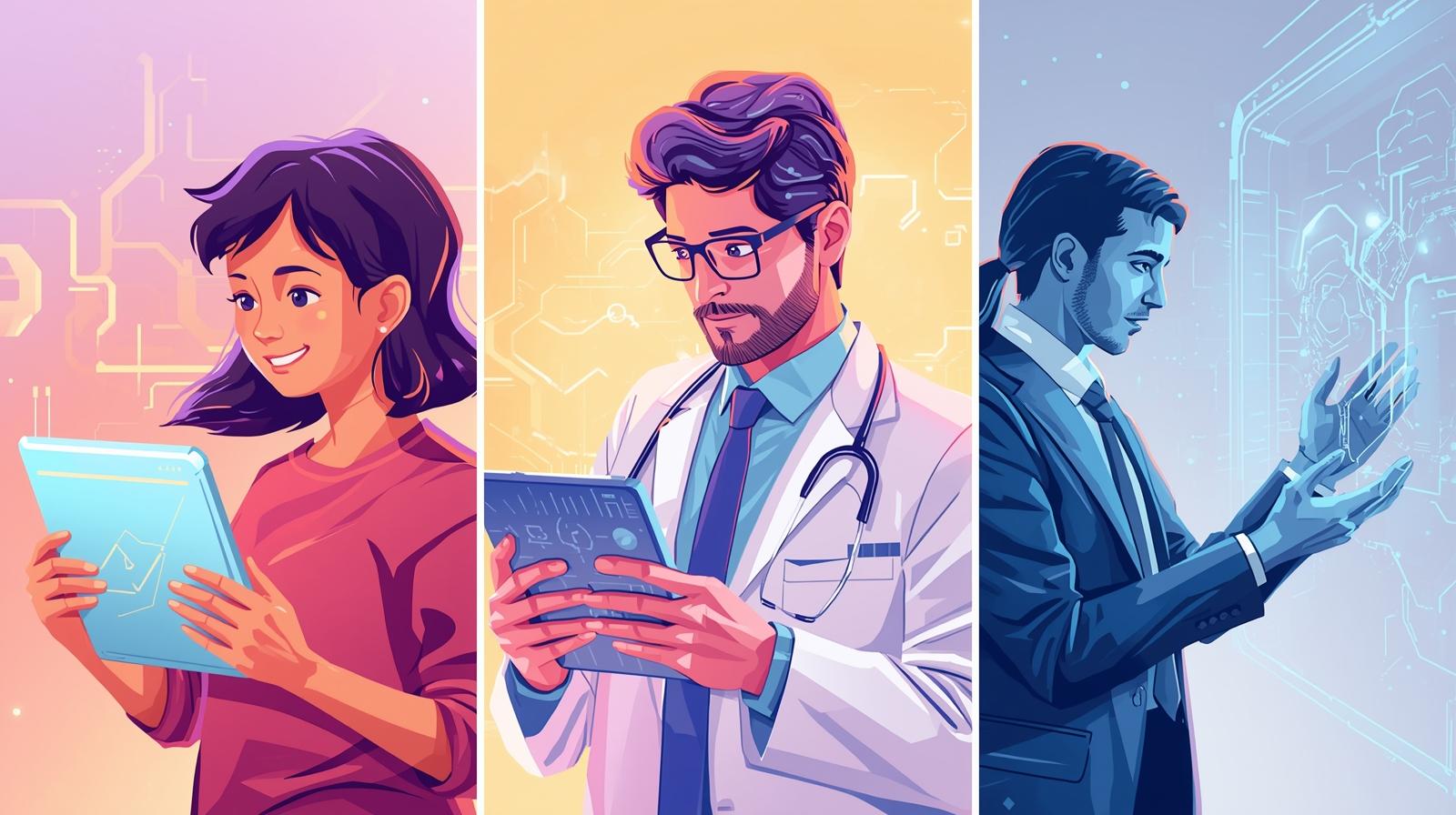
AI in Daily Life: How Artificial Intelligence Powers Your Everyday World
Beyond Sci-Fi: The Incredible Ways AI is Weaving Itself Into Your Daily Life
Remember when Artificial Intelligence was just a thrilling concept in movies like 2001: A Space Odyssey or The Matrix? It was something distant, futuristic, and a little bit intimidating. Fast forward to today, and the reality is far more subtle, yet infinitely more profound. AI isn't a rogue supercomputer in a secret lab; it’s the invisible seamstress, quietly weaving itself into the very fabric of our daily existence.
If you think you don't interact with AI, I challenge you to get through a single day without touching your smartphone, browsing the internet, or making an online purchase. The truth is, from the moment your smart alarm gently wakes you up during a light sleep phase to the moment you ask your speaker to turn off the bedroom lights, you are in a constant, conversational dance with Artificial Intelligence.
This blog post is your backstage pass. We're going to pull back the curtain on the most common, practical, and sometimes surprising applications of AI that are making our lives more convenient, efficient, and personalized. We’ll move beyond the jargon to understand the "how" and "why," and explore what the future holds.
First Things First: What Exactly Is This "AI" We Keep Talking About?
Before we dive into examples, let's demystify the term. Artificial Intelligence, at its core, is a broad field of computer science dedicated to creating machines capable of performing tasks that typically require human intelligence. This includes things like:
Learning (acquiring information and rules for using it)
Reasoning (using rules to reach approximate or definite conclusions)
Problem-solving
Perception (understanding visual and auditory data)
Understanding language
Most of the AI we interact with daily is a subset called Machine Learning (ML). Think of ML as the "brain" of modern AI. Instead of being explicitly programmed for every single task (e.g., "if user searches for 'red shoes,' show product X, Y, Z"), a machine learning model is fed vast amounts of data and learns patterns on its own.
For example, by analyzing millions of pictures of cats, an ML model learns what features define a "cat." Eventually, it can identify a cat in a new photo it has never seen before. This ability to learn from data is the superpower behind most of the applications we'll discuss.
A further subset, Deep Learning, uses complex neural networks (inspired by the human brain) to process data in layers, enabling even more advanced capabilities like real-time speech recognition and image generation.
Now, with that foundation set, let's embark on a day-in-the-life journey to see AI in action.
Chapter 1: The AI-Powered Home - Your Domestic Digital Butler
Your day likely starts and ends at home, and this is where AI has made one of its most noticeable entrances.
Smart Speakers and Voice Assistants: Amazon's Alexa, Google Assistant, and Apple's Siri are the most obvious examples. When you ask, "Hey Google, what's the weather today?" a complex AI process kicks off. Natural Language Processing (NLP) parses your speech, converts it to text, understands the intent (weather inquiry), fetches the data, and then uses text-to-speech AI to deliver a natural-sounding response. It’s not just a simple recording; it’s a dynamic conversation.
Smart Thermostats (like Nest): These devices are a masterclass in practical AI. They learn your schedule and temperature preferences over time. Using sensors and data on your comings and goings, the AI creates an optimized heating and cooling schedule to maximize comfort and minimize energy bills. It’s not just programmable; it’s predictive.
Robot Vacuums (like Roomba): Modern robot vacuums use computer vision and sensors to map your home, remember the layout, identify obstacles (like a stray shoe or a pet), and clean efficiently. They can even recognize different surfaces and adjust suction power accordingly.
Smart Refrigerators: Some high-end models now have internal cameras. AI can identify the food items inside, track their expiry dates, and even suggest recipes based on what you have available, reducing food waste.
Chapter 2: The Commute & Navigation - AI as Your Co-Pilot
Whether you're driving, taking public transport, or hailing a ride, AI is working hard to get you from A to B safely and efficiently.
GPS and Navigation Apps (Google Maps, Waze): This is real-time AI at its best. The app doesn't just show a static map. It analyzes historical traffic data, real-time road conditions from millions of other users, accidents reported by the community, and even the size of a crowd at a venue to predict the fastest route. Its predictive analytics can suggest you leave 10 minutes earlier because it knows traffic is building up on your usual route.
Ride-Sharing Apps (Uber, Lyft): The entire pricing model is driven by AI. "Surge pricing" is a classic example of an algorithm dynamically adjusting prices based on real-time supply (available drivers) and demand (people requesting rides). The AI also matches you with a driver to minimize wait times and optimize the overall network efficiency.
The Automotive Industry (Advanced Driver-Assistance Systems - ADAS): While fully autonomous cars are still on the horizon, AI-powered features are already standard in many new cars. These include:
Adaptive Cruise Control: Uses sensors to maintain a safe distance from the car ahead.
Lane-Keeping Assist: Uses computer vision to "see" lane markings and gently steer the car back if it drifts.
Automatic Emergency Braking: AI can detect an imminent collision and apply the brakes faster than a human can react.
Chapter 3: Entertainment & Social Media - The AI Curator of Your Attention
This is perhaps the most pervasive and personalized use of AI. The content you see is meticulously curated by algorithms designed to keep you engaged.
Streaming Services (Netflix, Spotify, YouTube): The recommendation engine is the heart of these platforms. It doesn't just recommend popular shows. It analyzes your viewing history (what you watch, when you stop watching, what you skip), compares it with millions of other users with similar tastes ("collaborative filtering"), and serves up hyper-personalized suggestions. That "Top Picks for You" row is a direct result of AI working 24/7 to understand your preferences.
Social Media Feeds (Facebook, Instagram, TikTok, Twitter): Your feed is not chronological; it's algorithmic. AI decides what to show you based on what you like, comment on, share, and even how long you linger on a post. It prioritizes content from friends you interact with most and topics you're interested in. TikTok's infamous "For You Page" is a powerful example of an AI that learns your preferences with astonishing speed.
Gaming: AI has been in games for decades (controlling non-player characters), but it's becoming incredibly sophisticated. Modern games use AI to create dynamic, responsive environments and opponents that adapt to your playing style, making the experience more challenging and immersive.
Chapter 4: Shopping & E-Commerce - Your Personal AI Shopper
Online shopping is a completely AI-driven experience now, designed to make discovering and buying products effortless.
Product Recommendations: "Customers who bought this item also bought..." This is the classic example. AI analyzes collective purchasing data to suggest complementary products. It also personalizes the entire homepage based on your browsing and purchase history.
Visual Search: Seen a pair of shoes you like in a photo? Platforms like Pinterest and Google Lens let you search with an image. AI-powered visual recognition identifies the object and finds similar products for sale online.
Pricing and Fraud Detection: AI algorithms constantly monitor transactions to detect fraudulent patterns, protecting both you and the retailer. They also dynamically adjust prices on millions of products based on demand, competition, and inventory levels.
Chapter 5: Healthcare & Wellness - AI as a Supportive Partner
This is where AI has the potential for the most significant positive impact on our lives.
Wearables (Fitbit, Apple Watch): These devices use AI to make sense of the biometric data they collect. They don't just count steps; they analyze your heart rate variability to gauge stress levels, detect irregular heart rhythms (like atrial fibrillation), and track sleep patterns to provide actionable insights.
Medical Diagnosis: AI algorithms are now outperforming human radiologists in detecting certain cancers (like breast cancer in mammograms) and eye diseases from medical scans. They can analyze vast datasets of medical images to identify subtle patterns invisible to the naked eye, leading to earlier and more accurate diagnoses.
Personalized Health Apps: Apps can provide personalized workout plans, meditation sessions, and dietary advice based on your goals, progress, and feedback, all powered by AI models.
Best Practices for Interacting with AI in a Healthy Way
As AI becomes more embedded in our lives, it's wise to be mindful. Here are some best practices:
Be Aware of the Filter Bubble: Remember that AI shows you what it thinks you want to see. Make a conscious effort to seek out diverse news sources and perspectives outside your algorithmically-curated feeds.
Understand Your Privacy Settings: Regularly check the privacy settings on your devices and apps. You can often limit the data collected about you or delete your voice history from your assistant.
Maintain a Critical Eye: Don't trust AI-generated content (like some news articles or deepfakes) blindly. Critical thinking remains a uniquely human and essential skill.
Use it as a Tool, Not a Crutch: Let AI handle the tedious tasks (sorting emails, creating shopping lists) so you can focus on creative, strategic, and deeply human activities.
Frequently Asked Questions (FAQs)
Q1: Is AI going to take my job?
This is the big one. While AI will automate many repetitive, data-heavy tasks, it is also creating new jobs and transforming existing ones. The key is adaptation. The future workforce will value skills that AI cannot easily replicate: creativity, critical thinking, emotional intelligence, and complex problem-solving. This is precisely why upskilling is crucial. To learn professional software development courses such as Python Programming (a key language for AI), Full Stack Development, and MERN Stack, visit and enroll today at codercrafter.in. Understanding these technologies will future-proof your career.
Q2: Is the AI in my phone really "intelligent"?
It's intelligent in the sense that it can perform specific tasks remarkably well, but it lacks general intelligence, self-awareness, or consciousness. It's a sophisticated pattern-matching engine, not a sentient being.
Q3: How can I start a career in AI?
A career in AI typically starts with a strong foundation in computer science and mathematics. Proficiency in a programming language like Python is essential, along with knowledge of libraries like TensorFlow and PyTorch. A great way to begin is by mastering core software development principles. For those looking to build a solid foundation, CoderCrafter's Full Stack Development program provides the perfect springboard into the world of advanced technologies like AI and machine learning.
Q4: Should I be worried about AI?
Like any powerful tool, AI comes with challenges regarding bias, privacy, and security. However, the focus should be on responsible development and regulation. The goal of most AI today is to augment human capabilities, not replace them—to be a helpful assistant, not a master.
Conclusion: Living in Symbiosis with Intelligence
Artificial Intelligence is no longer a future technology; it is a present-day reality. It’s the invisible engine that powers our convenience, personalizes our experiences, and even safeguards our health. From the moment we wake up to the moment we go to sleep, we are engaged in a silent partnership with algorithms designed to make our lives smoother.
The journey has just begun. As AI continues to evolve, its integration will become even more seamless and impactful. The key for us, as individuals, is to embrace its benefits while remaining informed and mindful users. Understand it, use it wisely, and consider being a part of building it.
The future is not about humans versus machines; it's about humans and machines, working together. And if you're inspired to be on the building side of that future, the first step is to acquire the right skills. The world needs creators, not just consumers, of technology.
Ready to code the future? Explore our career-focused courses and start your journey at codercrafter.in today.




